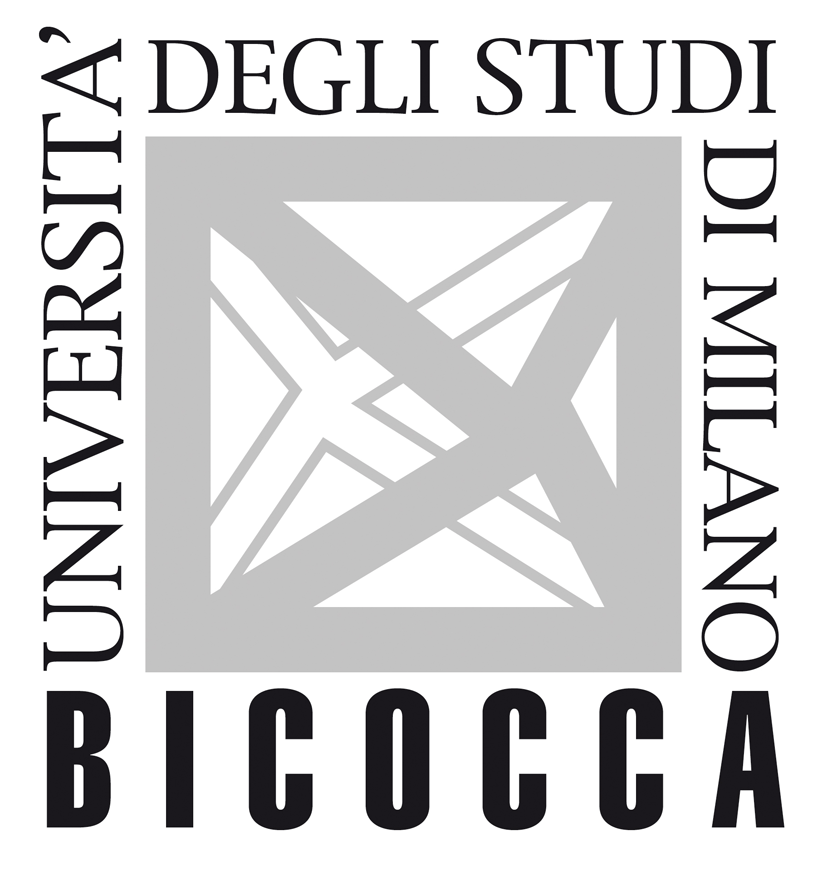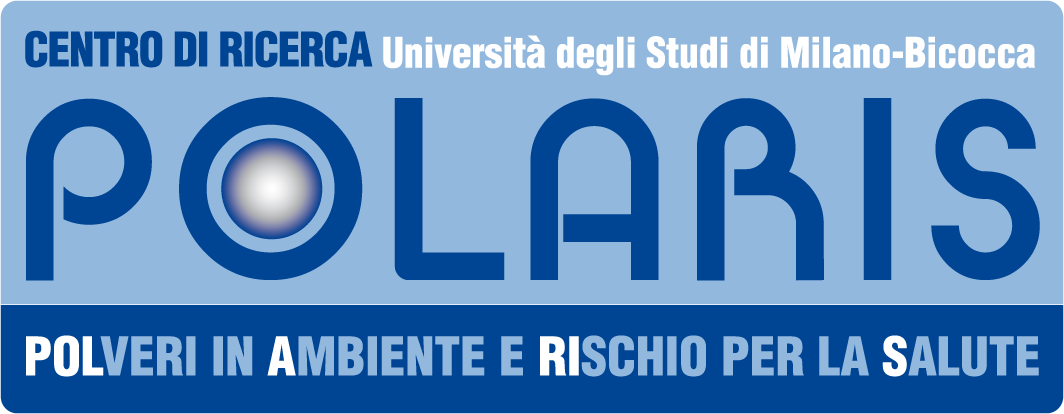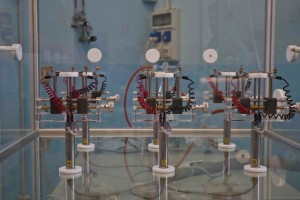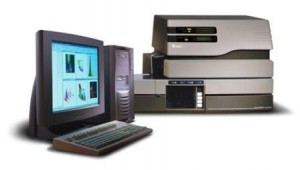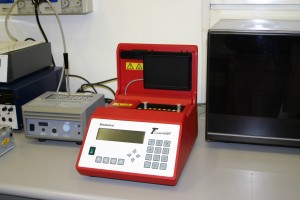Chemical analyses
The laboratories are equipped with instruments to provide a good chemical characterization of both particulate and gas phase of the atmosphere. Atmospheric particulate matter is analysed always developing new analytical methods for classes of compounds to have a good knowledge about its organic, ionic and elemental fraction.
The main instruments are:
- LC-MS (analysis of Oxi-PAHs, Nitro-PAHs, polimerc fraction “HULIS”, etc);
- GC-MS (PAHs, Nitro-PAHs, Alkanes, Pesticides, Phenols, etc);
- Ionic fraction is studied with IC and elemental composition by an XRF;
- An OPC is used in studying size distribution in remote site and urban site (i.e. vertical profiles);
- Gas phase is studied by a GC-MS after extraction of SVOCs (like PAHs, Pesticides, Alkanes, Phenols, etc) from PUF;
- Sampling of VOCs is performed with Tedlar bags, canister and on-line sampling system; analysis is performed by GC-MS equipped with a thermaldesorber.
Biochemical analyses
The competences of the cell biology and physiology groups are:
- Evaluation of chemical and physical properties of industrial and ambient particles;
- Mechanical and chemical modification of compounds of industrial interest;
- Analysis of toxicity biochemical marker in in-vitro and in-vivo systems;
- Use of in-vitro systems (immortalized or primary cell colture) to evaluate toxicity of micrometric particles of environmental and commercial interest (powder and granulated tyre, fine particulate matter, nanoparticles);
- Evaluation of the effects of particles on cell membrane and on electric activity (ions movement through cell membrane) of the cell;
- Analysis of the intracellular distribution of fluorescent particles;
- Use of in-vivo models (small rodents) to evaluate environmental and commercial micrometric particles toxicity (powder and granulated tire, fine particulate matter, nanoparticles).
Laboratory equipment: HPLC Waters 900 to chemical analysis; Beckman XL flow cytometer; ELISA plate readers; Radiochemical laboratory: radioimaging BETA-VISION Beta Imager 2000 to radioisotopes analysis; Kodak Image station 200R to acquire digital images (elettroforesi, western blotting) and an HPLC Merck Hitachi L4500 Diode Array; Cleanroom with a Binder Model CB150 CO2 Incubator; Jasco V530 UV/VIS spectrometer, Varian Cary Eclipse fluorescence spectrophotometer and a BioRad 2000 densitometre; Beckman Optima ultracentrifuge. An animal house for small animals and equipped with animal testing rooms is available.
Microbiological analyses
The group has expertise on the following activities:
- Isolation of microbial populations from different environments e their characterization by biochemical and molecular analyses;
- Selection of microorganisms and improvement of their degradative abilities;
- Chemical/physical and microbiological characterization of contaminated sites;
- Isolation and screening of surfactant-producing bacteria;
- The evaluation of applicability of biosurfactants in environmental remediation technologies;
- Development of liquid, slurry and solid phase systems (columns and microcosms) to feasibility studies to remediate polluted sites by biological technologies;
- Lab and field-scale studies to characterize biological processes in polluted aquifers;
- Development of biocatalysts carrying oxygenases and bioprocesses to obtain products of industrial interest;
Laboratory facilities: Incubators for microbial growth; Centrifuges to collect cells; Bioreactors to perform bacterial cultures and to bioconversion processes; Termocycle PCR to amplify DNA fragments; Gel electrophoresis systems; Tensiometer; Gas chromatograph with FID and ECD detector.

